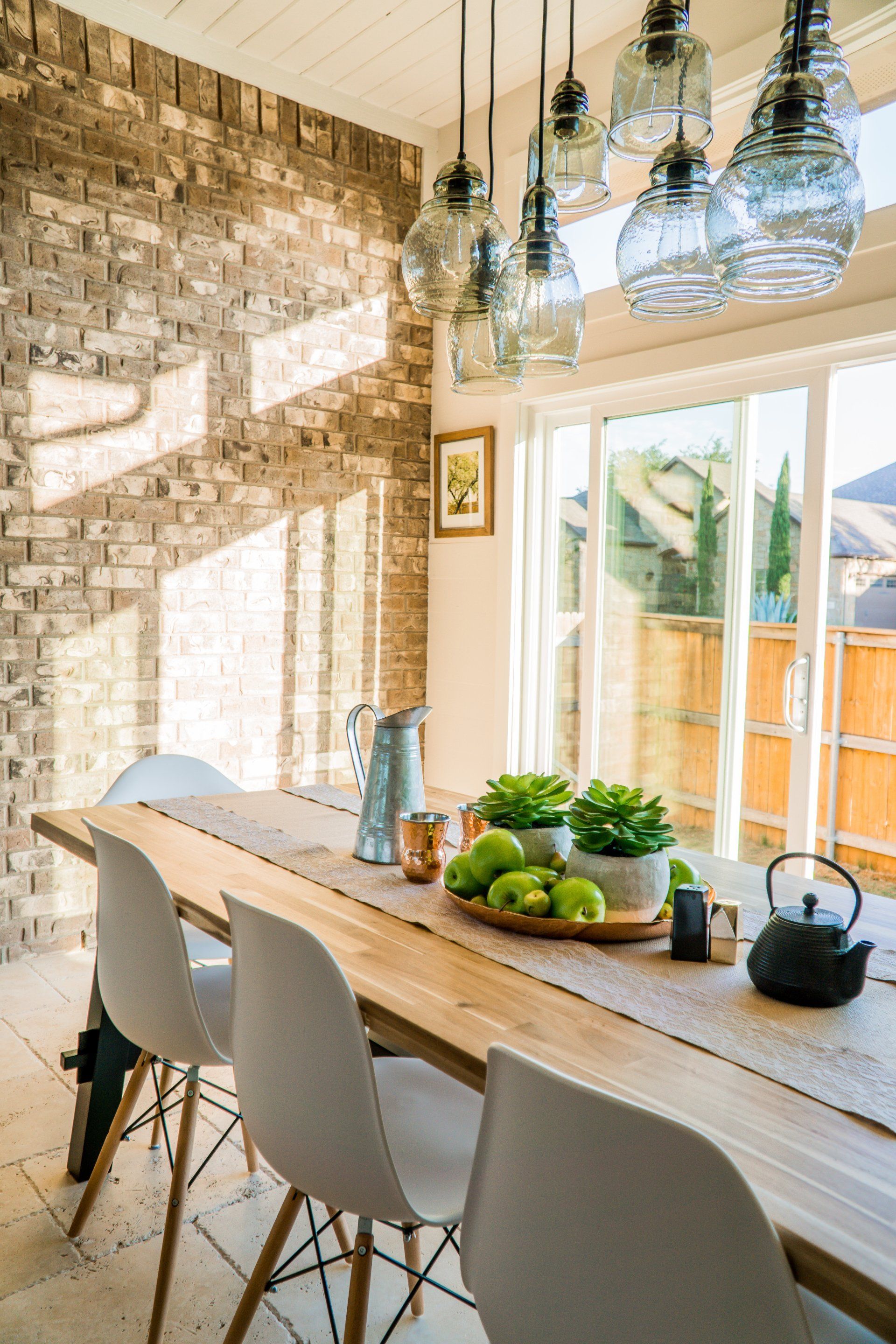9 Tips for a More Sustainable Home
As our collective awareness of environmental issues grows, making our homes more sustainable has become a top priority for many homeowners. Embracing sustainable practices not only benefits the planet but also enhances our quality of life and reduces long-term costs. In this blog post, we'll explore practical and impactful ways to make your home more sustainable, allowing you to contribute to a greener future while creating a comfortable and eco-conscious living space.
1. Energy Efficiency:
Begin your journey towards a more sustainable home by focusing on energy efficiency. Upgrade your insulation, seal air leaks, and switch to energy-efficient LED lighting. Consider installing programmable thermostats and smart power strips to reduce energy waste. These simple steps can significantly lower your energy consumption and utility bills.
2. Harness Solar Power: Embrace Renewable Energy
Explore the benefits of solar power by installing photovoltaic (PV) panels on your roof. Solar energy is a clean and renewable source of power that can offset your electricity usage and potentially generate excess energy. You can also take advantage of available incentives and tax credits that make solar power more affordable than ever.
3. Water Conservation: Smart Strategies for a Sustainable Home
Implement water-saving measures throughout your home. Install low-flow showerheads and faucets, repair leaks promptly, and opt for water-efficient appliances like dishwashers and washing machines. Consider collecting rainwater for outdoor irrigation and landscaping needs. Conserving water not only benefits the environment but also reduces your water bills.
4. Sustainable Materials: Embrace Eco-Friendly Choices
Choose sustainable and eco-friendly materials for any home improvement projects. Opt for reclaimed wood, bamboo flooring, or recycled glass countertops. Use low-VOC paints and finishes to minimize indoor air pollutants. By selecting environmentally responsible materials, you can reduce the impact of your home's construction and renovation on the planet.
5. Energy-Efficient Appliances: Upgrade for Long-Term Savings
Replace outdated appliances with energy-efficient models that bear the ENERGY STAR label. Energy-efficient appliances consume less energy while maintaining top performance. Look for efficient refrigerators, washing machines, and HVAC systems that can significantly reduce your energy usage and lower utility bills over time.
6. Smart Home Automation: Efficiently Manage Energy Consumption
Invest in smart home automation systems that allow you to control and monitor your energy usage. From adjusting lighting and temperature settings remotely to optimizing energy consumption based on occupancy patterns, smart home technology empowers you to make efficient choices and reduce energy waste.
7. Sustainable Landscaping: Beauty with Environmental Benefits
Transform your outdoor spaces into sustainable oases by implementing eco-friendly landscaping practices. Choose native plants that are well-suited to your climate, reducing the need for excessive watering and maintenance. Incorporate rain gardens, permeable paving, and efficient irrigation systems to minimize water runoff and conserve resources.
8. Composting and Waste Reduction: Minimize Your Ecological Footprint
Start composting to reduce waste and create nutrient-rich soil for your garden. Properly manage waste by recycling and adopting a zero-waste mindset. Consider using eco-friendly and reusable alternatives to single-use products, such as cloth napkins, reusable shopping bags, and refillable water bottles.
9. Green Transportation: Sustainable Commuting Choices
Reduce your carbon footprint by embracing greener transportation options. Consider biking, walking, or using public transportation whenever possible. If you need a car, opt for hybrid or electric vehicles that produce fewer emissions. By choosing sustainable commuting alternatives, you can contribute to cleaner air and a healthier environment.
Hopefully this gets you started as you consider what choices you can make to make your home more sustainable (and save money while you do it!) Tell us what you tried, and how it worked!











